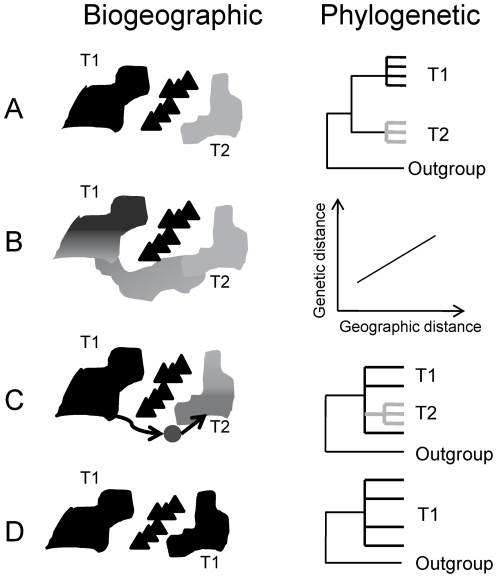Figure 1. Biogeographic and phylogenetic hypothesis for different evolutionary mechanisms.
Biogeographic hypotheses and predicted phylogenetic gene tree patterns are depicted and highlight three evolutionary mechanisms. T1 and T2 represent different taxa. a) Vicariant event where all gene trees within a taxon should be concordant. Note that there may be a required amount of time (expected to be about 4Ne generations) before lineage sorting is complete and groups are reciprocally monophyletic at a majority of loci and this visualization does not include complications such as incomplete lineage sorting. b) Isolation by distance with a positive relationship between geographic distance and genetic distance, no gene tree pattern predicted. c) Founder effect with dispersal (black arrows), gene trees are predicted to have a nested, comb-like phylogeny and be concordant within a taxon. d) Panmixia (null hypothesis) with no genetic differentiation between geographic regions. Multiple mechanisms can produce similar genetic patterns; therefore, patterns in tree topology to infer a biogeography mechanism should not be used to the exclusion of other independent lines of evidence.

